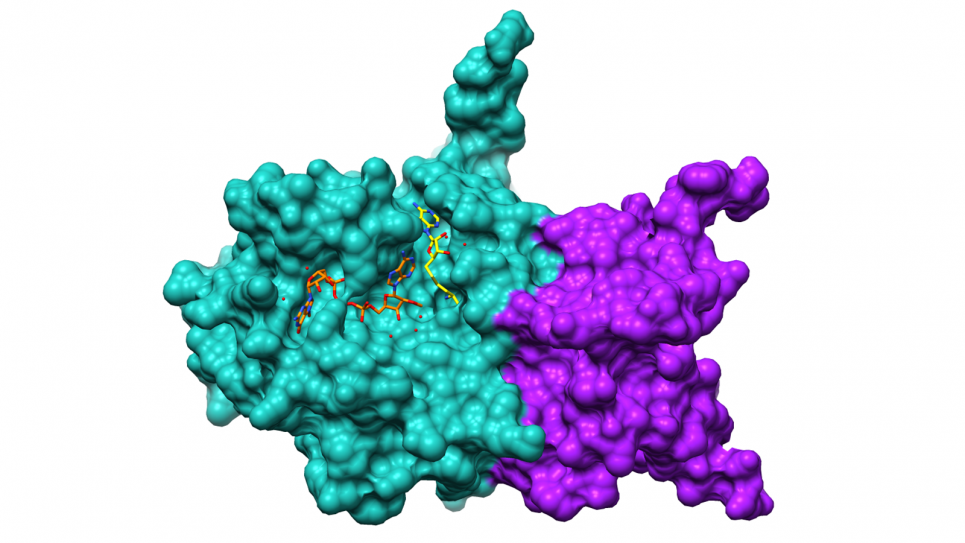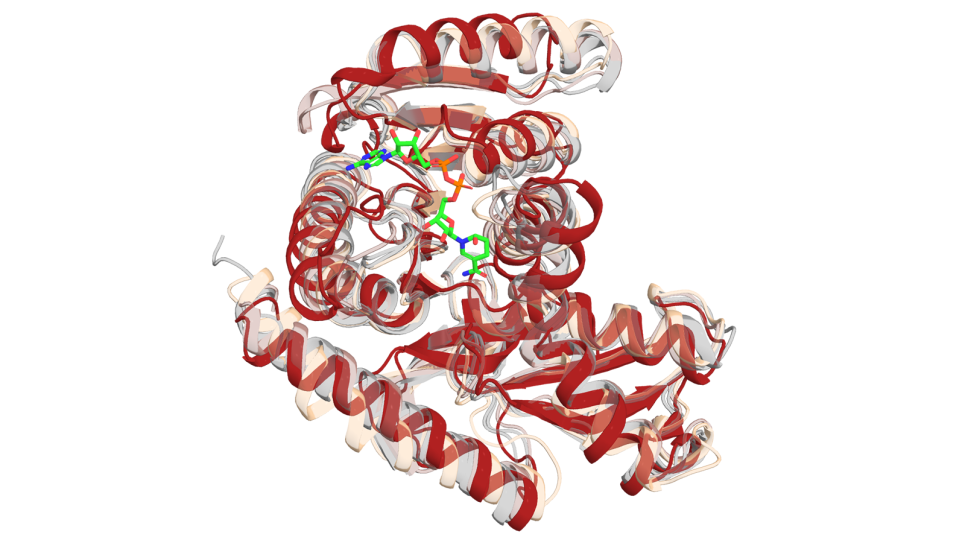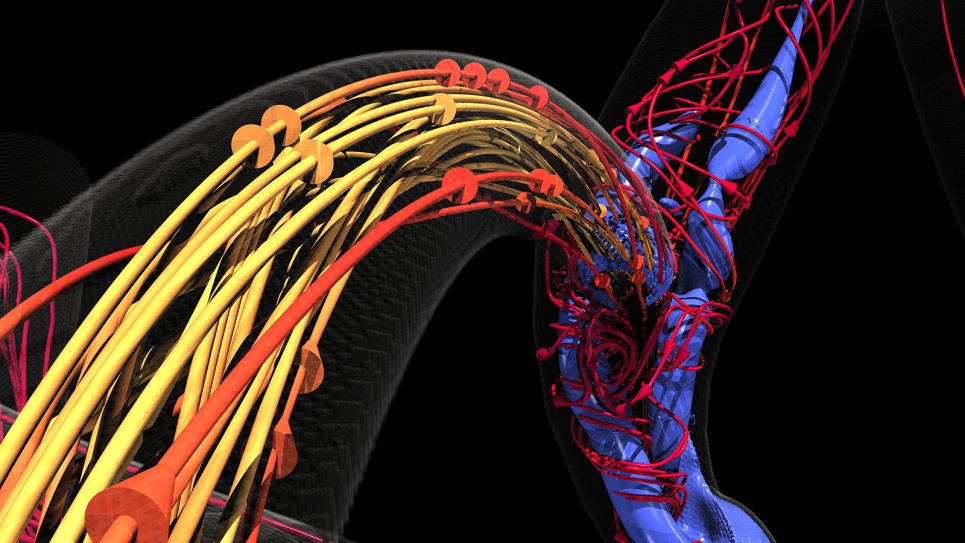The pipeline begins with Globus transferring images from the APS to the Theta system. The images are then analyzed and processed using FuncX, a function-as-a-service computation system that organizes the dispatch of individual tasks to available computing nodes. FuncX is subsequently also used to extract metadata about hits, identify crystal diffractions, and generate visualizations depicting both the sample and hit locations. After this the raw data, metadata, and related visualizations are published to a portal hosted at the ALCF, where they are indexed and made searchable for reuse.
Nineteen samples were analyzed across nearly 1,500 flows over the course of three ten-hour runs on the APS beam, during which over 700,000 images were processed on Theta. The resultant data were published to the data portal and used to further refine experimental work and configurations. The orchestration required to facilitate research at this scale is enabled by research data automation services currently under development on the Globus platform, and underpinned by the reliable file transfer, and secure data sharing capabilities that are already widely used across APS beamlines. These capabilities will continue to improve with future planned enhancements to APS beamlines, ALCF supercomputers, Globus, and the APS-to-ALCF network. The forthcoming APS Upgrade, which will allow researchers to see things at scale they’ve never seen before with storage-ring based X-rays, will increase data rates by orders of magnitude. Combining these capabilities of the ALCF and APS Upgrade will greatly enhance the scientific discovery.
“The increasing biological relevance of serial synchrotron crystallography experiments has researchers preparing a number of further experiments in the coming weeks,” said Darren Sherrell, a biophysicist and beamline scientist at the X-ray Science Division of the APS. “This work paves the way to elucidate important protein structural dynamics of the coronavirus.”
About the Advanced Photon Source
The U. S. Department of Energy Office of Science’s Advanced Photon Source (APS) at Argonne National Laboratory is one of the world’s most productive X-ray light source facilities. The APS provides high-brightness X-ray beams to a diverse community of researchers in materials science, chemistry, condensed matter physics, the life and environmental sciences, and applied research. These X-rays are ideally suited for explorations of materials and biological structures; elemental distribution; chemical, magnetic, electronic states; and a wide range of technologically important engineering systems from batteries to fuel injector sprays, all of which are the foundations of our nation’s economic, technological, and physical well-being. Each year, more than 5,000 researchers use the APS to produce over 2,000 publications detailing impactful discoveries, and solve more vital biological protein structures than users of any other X-ray light source research facility. APS scientists and engineers innovate technology that is at the heart of advancing accelerator and light-source operations. This includes the insertion devices that produce extreme-brightness X-rays prized by researchers, lenses that focus the X-rays down to a few nanometers, instrumentation that maximizes the way the X-rays interact with samples being studied, and software that gathers and manages the massive quantity of data resulting from discovery research at the APS.
This research used resources of the Advanced Photon Source, a U.S. DOE Office of Science User Facility operated for the DOE Office of Science by Argonne National Laboratory under Contract No. DE-AC02-06CH11357.
The Argonne Leadership Computing Facility provides supercomputing capabilities to the scientific and engineering community to advance fundamental discovery and understanding in a broad range of disciplines. Supported by the U.S. Department of Energy’s (DOE’s) Office of Science, Advanced Scientific Computing Research (ASCR) program, the ALCF is one of two DOE Leadership Computing Facilities in the nation dedicated to open science.
Argonne National Laboratory seeks solutions to pressing national problems in science and technology. The nation’s first national laboratory, Argonne conducts leading-edge basic and applied scientific research in virtually every scientific discipline. Argonne researchers work closely with researchers from hundreds of companies, universities, and federal, state and municipal agencies to help them solve their specific problems, advance America’s scientific leadership and prepare the nation for a better future. With employees from more than 60 nations, Argonne is managed by UChicago Argonne, LLC for the U.S. Department of Energy’s Office of Science.
The U.S. Department of Energy’s Office of Science is the single largest supporter of basic research in the physical sciences in the United States and is working to address some of the most pressing challenges of our time. For more information, visit https://energy.gov/science.





